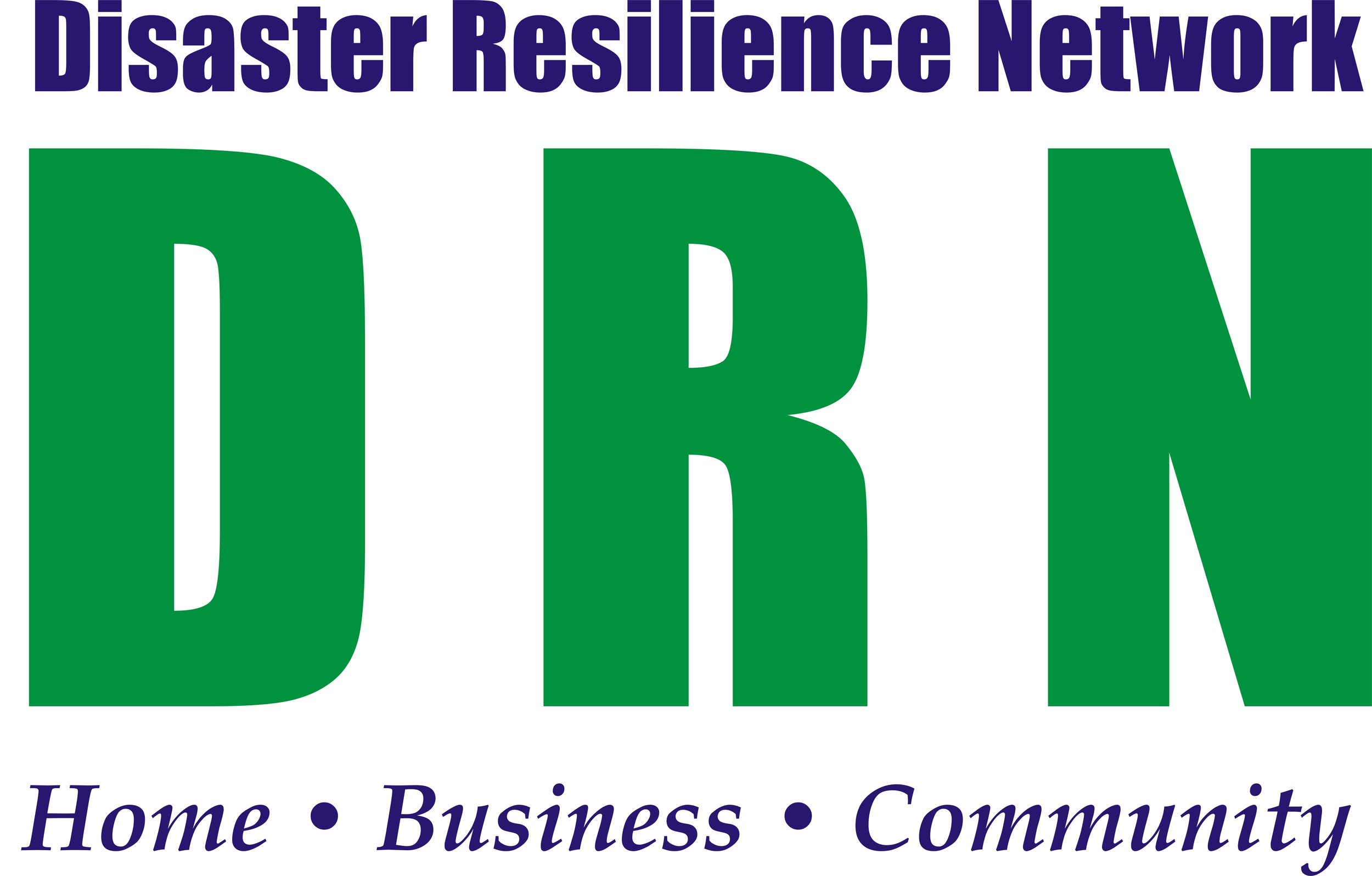Tornado Victims Urged to Repair Damaged Homes to Stronger Standards
For Immediate Release: May 6, 2019
Tornado Victims Urged to Repair Damaged Homes To Stronger Standards
Construction standards, such as FORTIFIED Home, can reduce damage and save money on insurance
Tulsa, Oklahoma – Repairing a damaged home can be expensive and sometimes insurance will not cover all of the costs. The Disaster Resilience Network (DRN) is urging residents to repair and rebuild homes using FORTIFIED construction standards.
“Fortified allows people to strengthen their home or business and reduce the chance of damage during the next storm,” said Tim Lovell, Executive Director of Disaster Resilience Network, “Fortified also reduces insurance rates and the premiums people have to pay. Typically, the insurance savings over time and peace of mind more than cover any added work.”
Dozens of insurance companies now offer insurance discounts for using FORTIFIED Home™ standards according to the Oklahoma Insurance Department. There are also nearly 100 roofers, contractors, and inspectors, called FORTIFIED Evaluators, trained in Oklahoma to assist homeowners with reaching the FORTIFIED Home standard.
“We lost a lot of roofs during these last tornados, and homeowners are seeing rain and water ruin everything they've worked for,” continued Lovell, “A Fortified Roof will keep the water out and will resist damage from the storms and lower level tornados we see all too often.”
FORTIFIED Home delivers superior performance during severe weather and is a nationally recognized building method based on more than 20 years of scientific research and real-world testing by the Insurance Institute for Business & Home Safety.
Learn more or find out how easy it is to get a FORTIFIED Roof™ or home at www.fortifiedhome.org.
About Disaster Resilience Network:
DRN is a non-profit organization whose mission is to empower people, businesses, and communities to reduce the impact of disasters. DRN has reached hundreds of individuals, businesses, and organizations so far. Join us and help people prepare before disaster strikes. Visit www.DisasterResilienceNetwork.org and connect with us on Facebook at @DisasterResilienceUS, Twitter at @DRNintheUSA, and Instagram at @disasterresilienceus.
###
